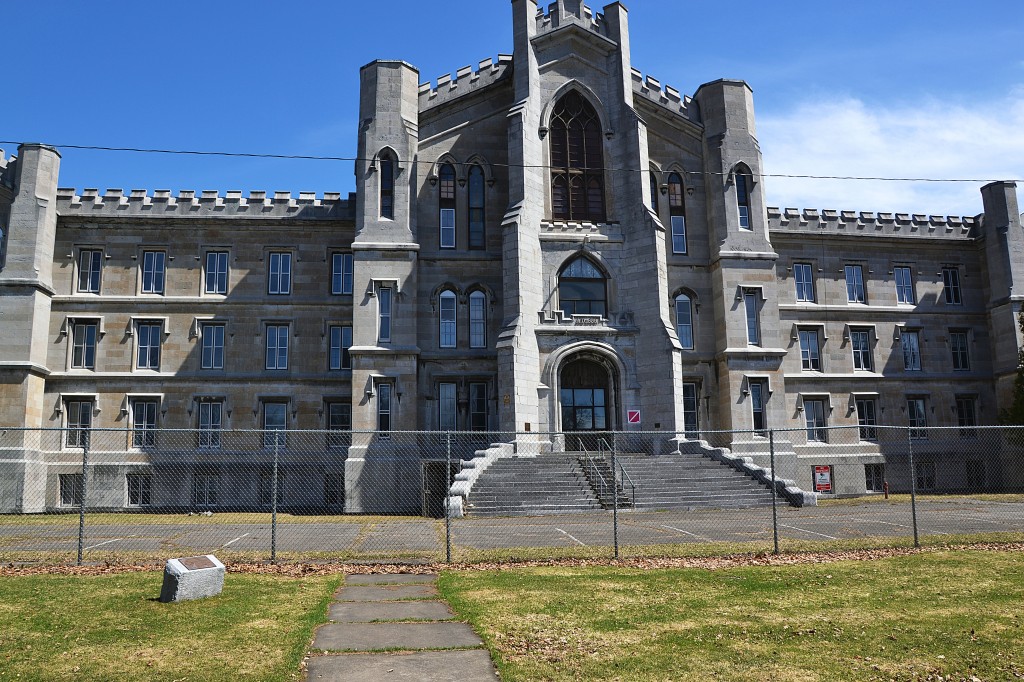
The Student Wing and old dorms are not the only buildings Binghamton University will be renovating in the upcoming year. The city of Binghamton’s very own “castle” is slotted to return to its former glory.
The 85,000-foot Gothic-style complex, formerly the New York State Inebriate Asylum, is located at 425 Robinson St. It was completed in 1864 by New York State Capitol Building architect Isaac Perry, and it is the only designated National Historic Landmark in Broome County. It was also the first institution in the United States designed to treat alcoholism as a mental disorder, as opposed to a moral failing.
“It’s an architectural and historical treasure in our community,” said Chris Whalen, communications director for New York State Assemblywoman Donna Lupardo, whose district includes Binghamton. “You would see pictures of this building in the newspaper and you would think it’s in England. I’ve heard people refer to it as the Hogwarts of Binghamton. It’s just one of those things that the community can hang its hat on.”
The Castle has been empty since 1993, when the building was declared structurally unsafe. An attempt by the SUNY Upstate Medical University at Syracuse to make it into a satellite campus in 2008 was curbed by the recession and, according to Whalen, they have been looking for a steward, or property manager, for the former asylum ever since.
“It has a lot of significance on the medical historical side as well as the architectural historical,” Whalen said. “It has a really great story behind it. Having it renovated and used again is almost like bringing it full circle; it was state of the art and beautiful to look at in its day, and it’s great to have it be utilized again and hopefully play a role in the local economy.”
On April 10, BU President Harvey Stenger announced that the University would oversee the preservation of the castle, along with Lupardo. A proposal is currently in the state legislature to reallocate the $12.45 million from the New York state budget, originally given to Upstate Medical in 2008, to BU.
The money is allotted to begin the construction, namely exterior renovation, according to Whalen. The estimated six to 12 months of structural rehabilitation would be spent thinking of uses for the space, said Ryan Yarosh, BU’s director of media and public relations, but could include anything from space for START-UP NY businesses working with the University to something more academics-oriented.
“We don’t have to confine ourselves to health care,” Stenger said. “This could be a place where an artist could have a studio. This could be where children come … after school.”
However, the funding has hit a road bump. Due to a technicality in the budget proposal that incorrectly identified Upstate Medical as the recipient of the funding, New York Gov. Andrew Cuomo vetoed the funding until it is remedied, which Whalen said will be soon. Yarosh said it is just a technicality and will not get in the way of planning the construction.
“We are committed to Stewardship of the Castle and are working closely with Assemblywoman Lupardo and the Governor’s office to secure the funding,” Yarosh wrote in an email.


